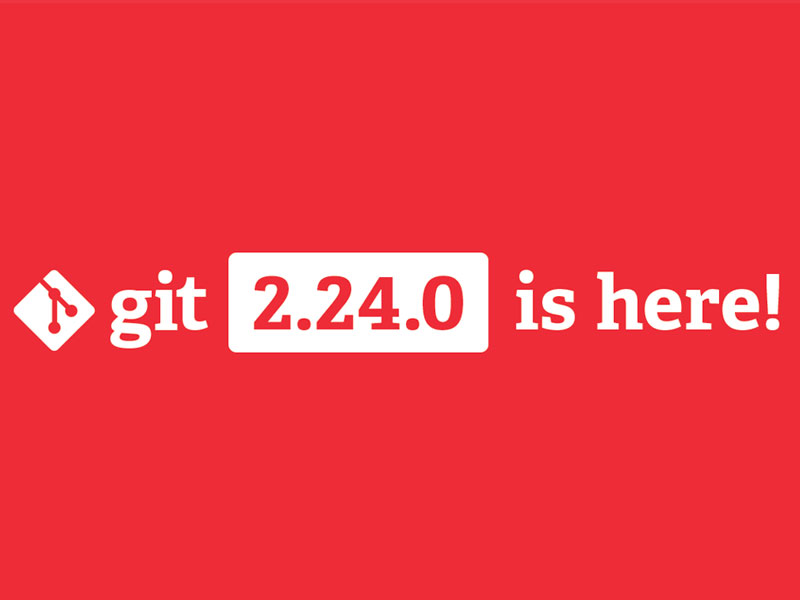Among them are the commit graphs, which are now enabled by default and include new options and settings. Also of great use are the feature macros, which offer the possibility to choose between a specific feature or a series of configurations based on the characteristics of a repository.
From this new version, the use of a new independent rewriting tool is recommended: git filter-repo. It runs much faster and more efficiently than git filter-branch, and has interesting features that significantly simplify work when making changes to the history of a repository.
In Git 2.24, there’s a way to prevent Git commands from taking one or more optional reference names as arguments. Using – end-of-options the system will interpret it correctly.
In addition, a new hook has been incorporated to interact with Git after a merger has been made but before the confirmation has been registered. To do this, just insert an executable file in . Git / hooks / pre-merge-commit.
As of this new release, the Git command line completion engine is able to complete configuration variables in command configurations.
Finally, it should be noted that a new code of conduct (Contributor Covenant) has been adopted, which establishes the values of the project and the forms of communication and behaviors that all members of the community should use.
The full list of changes and developments can be found on the Git project page at GitHub.








0 Comments